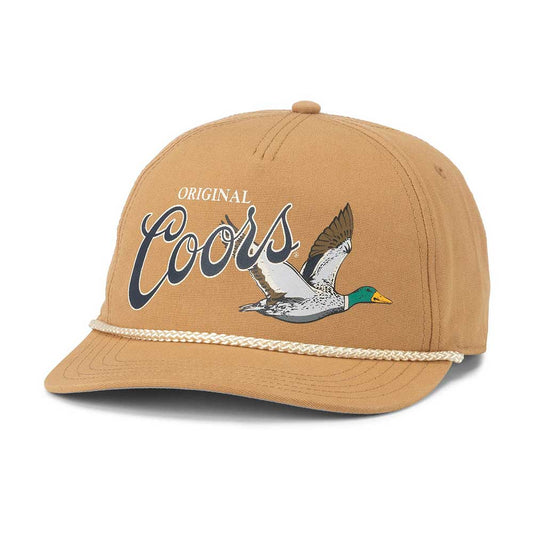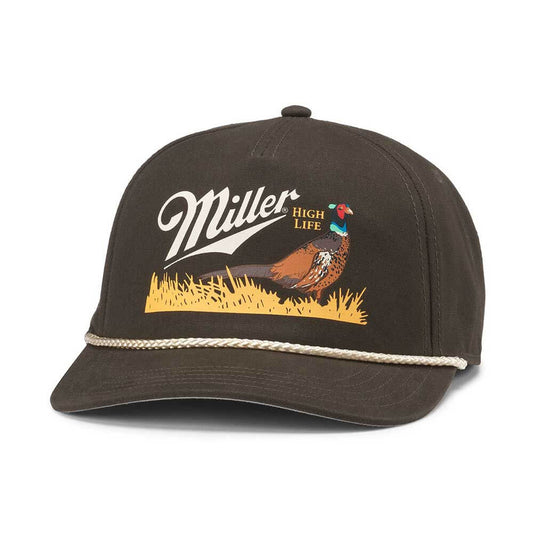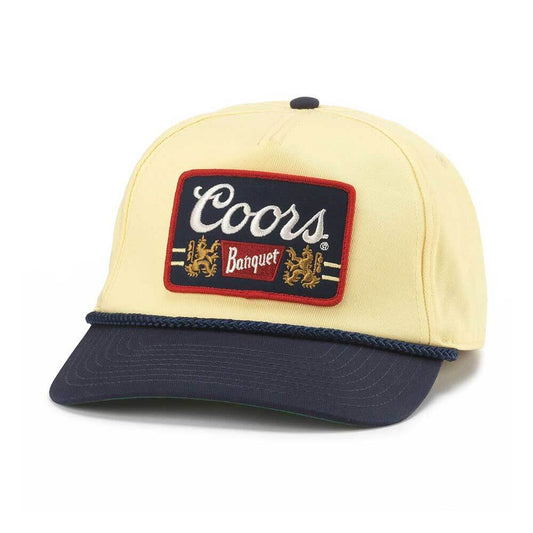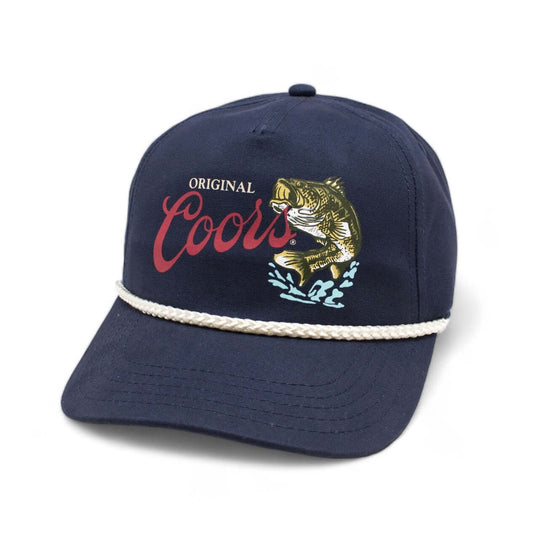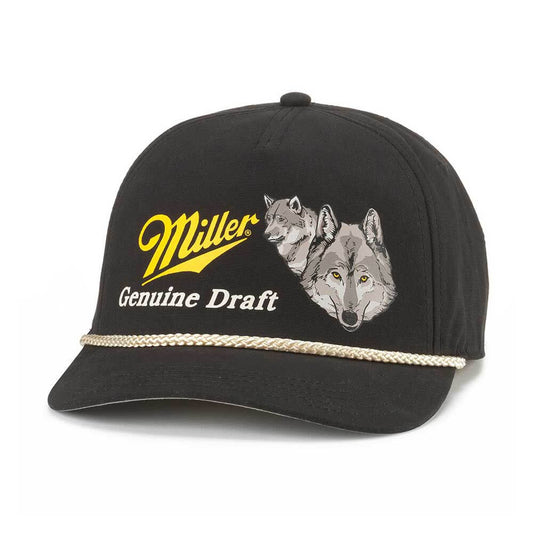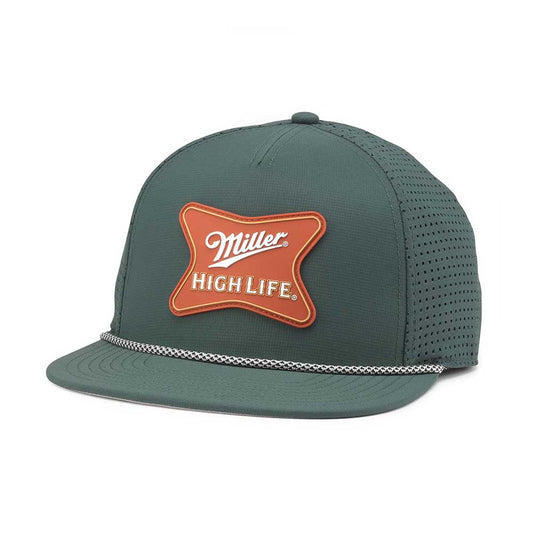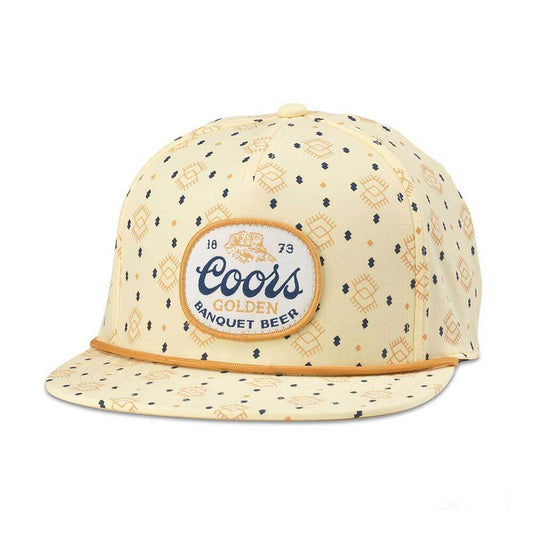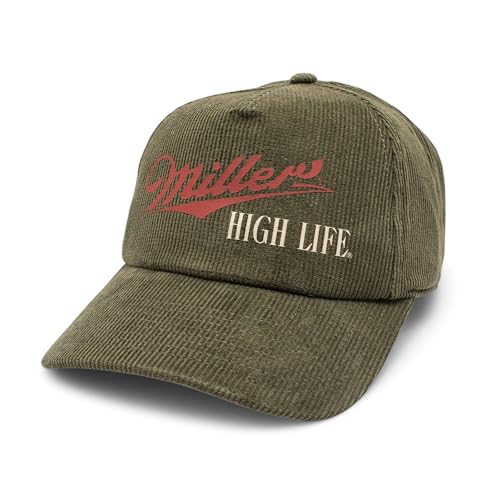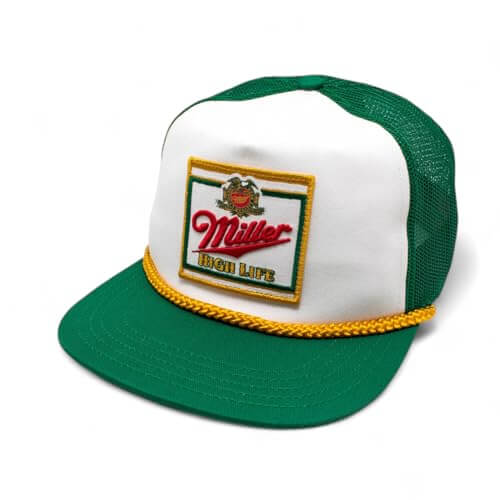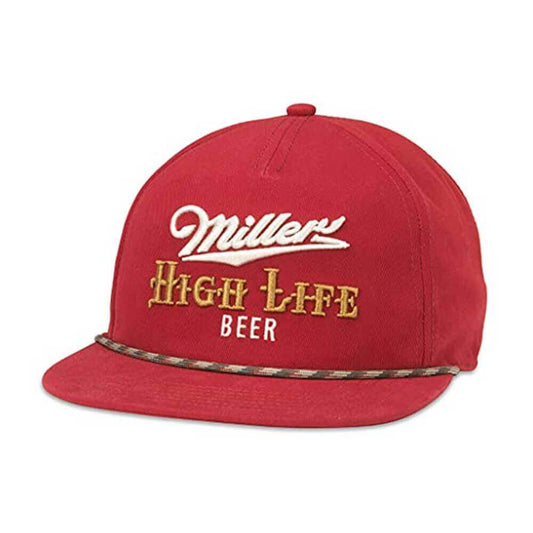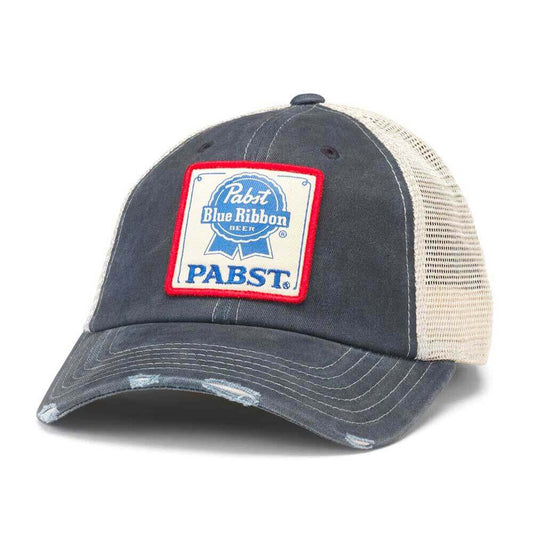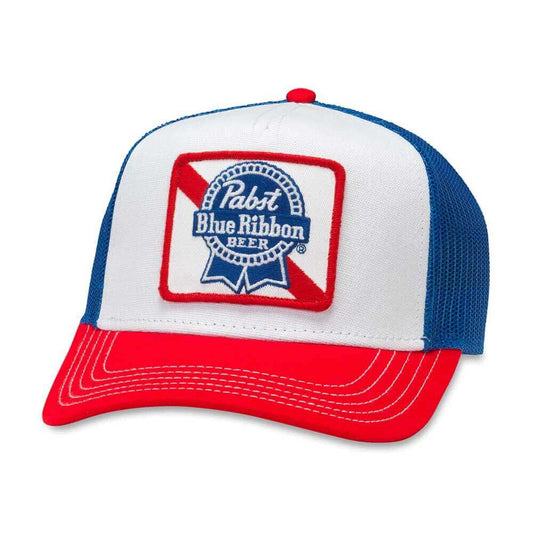
OFFICIALLY LICENSED BEER HATS
-
Coors Original Duck Hat: Wheat Snapback Rope Hat | Beer Brands
Regular price $35.00 USDRegular priceUnit price per -
Miller High Life Pheasant Hat: Army Green Snapback Rope Hats | Beer Brands
Regular price $35.00 USDRegular priceUnit price per -
Coors Banquet Hat: Yellow Snapback Rope Hat | Beer Brands
Regular price $35.00 USDRegular priceUnit price per -
Coors Banquet Hats: Yellow/Navy Snapback Rope Hat | Official License
Regular price $35.00 USDRegular priceUnit price per -
Miller High Life Hat: Green/White Adjustable Snapback Rope Hat | Beer
Regular price $35.00 USDRegular priceUnit price per -
AMERICAN NEEDLE Coors Beer Canvas Cappy Adjustable Snapback Baseball Trucker Hat (23005A-COORS-NVY)
Regular price $35.00 USDRegular priceUnit price per$0.00 USDSale price $35.00 USD -
AMERICAN NEEDLE Miller Lite Beer Golf Club Roscoe Adjustable Snapback Baseball Hat, Navy (23008A-MLITE-NAVY)
Regular price $30.00 USDRegular priceUnit price per -
Coors Banquet Hats: Stone/Navy Snapback Trucker Hat | Beer Brands
Regular price $35.00 USDRegular priceUnit price per -
Miller Genuine Draft Wolf Hat: Black/Gold Adjustable Snapback Rope Hat | Beer
Regular price $35.00 USDRegular priceUnit price per -
AMERICAN NEEDLE Pabst Blue Ribbon Canvas Cappy Adjustable Snapback Baseball Hat, Ivory (23005A-PBC-IVOR)
Regular price $35.00 USDRegular priceUnit price per -

AMERICAN NEEDLE Coors Beer Canvas Cappy Adjustable Snapback Baseball Trucker Hat (23005B-COORS-NAVY)
Regular price $35.00 USDRegular priceUnit price per -
Miller High Life Beer Hats: Green Snapback Performance Rope Hat | PVC Patch
Regular price $40.00 USDRegular priceUnit price per -
Miller High Life Hat: Corduroy Wheat Snapback Rope Hat | Beer Brands
Regular price $35.00 USDRegular priceUnit price per -
Coors Banquet Beer Hat: Yellow Snapback All Over Print Rope Hat | Beer Brands
Regular price $35.00 USDRegular priceUnit price per -
Pabst Blue Ribbon Hats: Navy/Ivory Snapback Trucker Hat | PBR Beer
Regular price $35.00 USDRegular priceUnit price per -
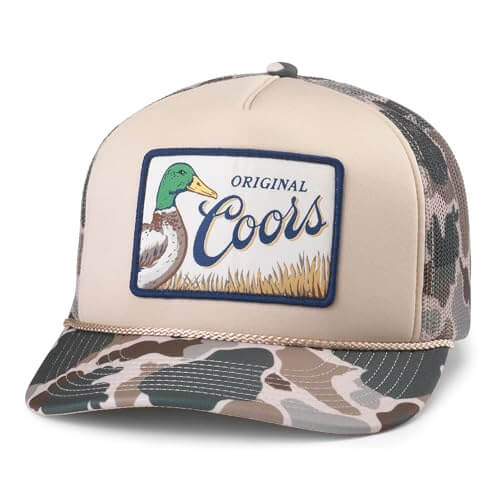
AMERICAN NEEDLE Coors Beer Mallard Foamy Adjustable Snapback Baseball Hat, Sand (24011A-COORS-SAND)
Regular price $35.00 USDRegular priceUnit price per -
AMERICAN NEEDLE Coors Light Beer Golf Club Roscoe Adjustable Snapback Baseball Hat, White (23008C-COORS-WHT)
Regular price $30.00 USDRegular priceUnit price per -
Coors Banquet Hats: Navy/White Snapback Trucker Hat | Beer Brands
Regular price $35.00 USDRegular priceUnit price per -
AMERICAN NEEDLE Miller High Life Sinclair Adjustable Snapback Trucker Hat, Dark Green Ivory (MHL-DGRN)
Regular price $35.00 USDRegular priceUnit price per -
Coors America Hats: Navy/White Snapback Trucker Hat | Beer Brands
Regular price $35.00 USDRegular priceUnit price per
OFFICIAL COORS BANQUET HATS
MILLER HIGH LIFE HATS
PABST BLUE RIBBON HATS
HISTORY OF BEER
Beer has been enjoyed for centuries and is believed to have a history of over 9,000 years. Ancient civilizations from Mesopotamia and Egypt to the Inca and Aztecs around the world all had their own unique brewing techniques, styles, and ingredients used in their beer-making process. Beer was enjoyed in social settings as it was seen as a way to bring people together, celebrate special occasions, and even just unwind after a long day’s work.
Ancient beer recipes were brewed using grains such as barley, wheat, oats, maize, millet, and rice. These grains were either malted or unmalted depending on the type of beer being made. Malting involved germinating the grains before drying them in wood or coal-fired ovens which would provide flavor compounds to the beer that would not be achievable with unmalted grains. Ancient beers would also often contain herbs such as juniper or pine needles which were added for flavor.
As brewing became more popular among various cultures around the world so did innovations in the brewing process. Around 800 BC brewers began adding hops to their beers which not only imparted unique flavors but also acted as a preservative agent allowing brews to stay fresher longer than other methods of preservation at that time. Hops are still used today in most styles of beer across the globe.
In Europe during the Middle Ages monasteries began brewing large batches of beer for consumption by monks and local villagers alike. As a result these monastic breweries helped spread knowledge about different brewing techniques throughout Europe leading to an increased variety of beers available for consumption across the continent by both rich and poor communities alike. This period also saw an increase in popularity for darker beers like stouts which used roasted malts or barley grains to impart rich chocolatey or coffee-like flavors into these brews .
The industrial revolution saw major advances in technology which allowed for larger scale production of beers by commercial brewers whose products could now be distributed much farther due to improved transportation networks than ever before possible. By this time lagers had become popular among many communities due to their crisp refreshing character created through storing them at colder temperatures than ales during fermentation processes known as cold lagering .
Today there are thousands of craft breweries around the world producing unique interpretations on traditional styles while experimenting with new ingredients along side classic ones like malts , yeast , water , hops , fruit , spices , herbs , adjuncts (sugars) and even quirky items like coffee beans or candy ! Craft brewing has become increasingly popular over recent years with more people seeking out interesting regional craft brews instead of macrobrewed mass produced lagers meaning that despite its long history , beer continues to evolve each day!

